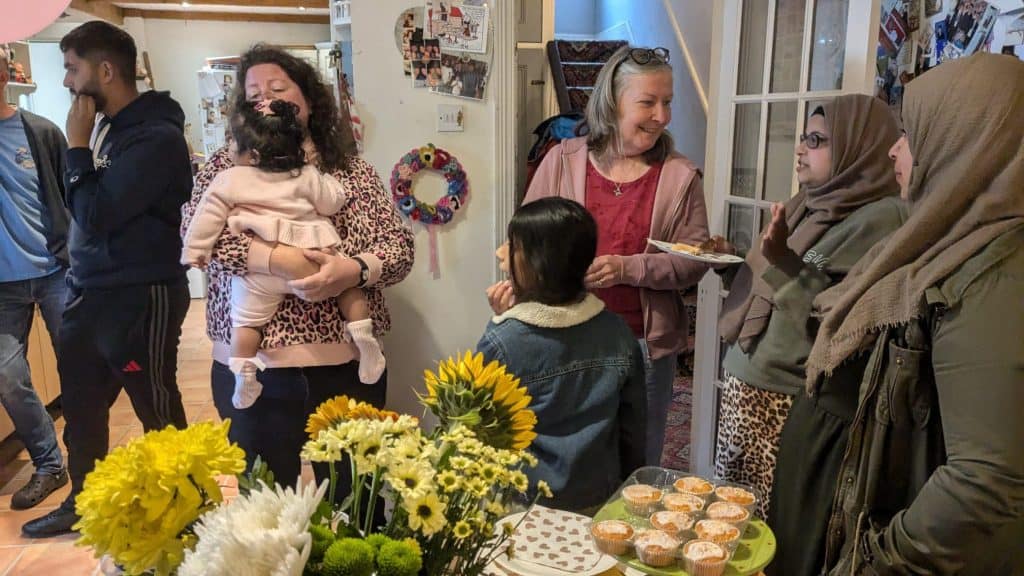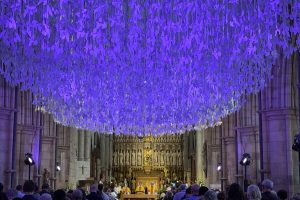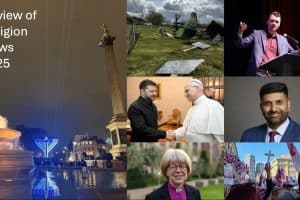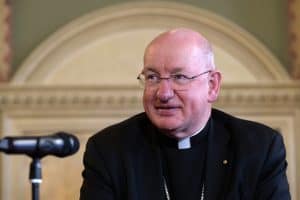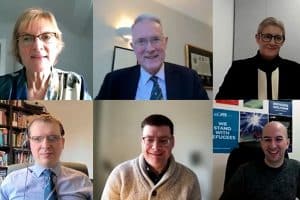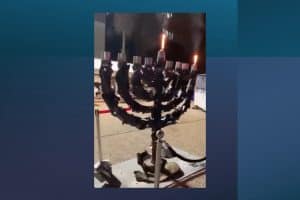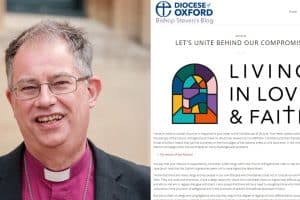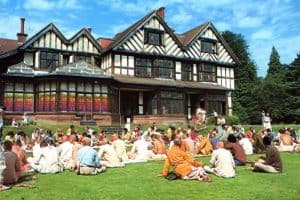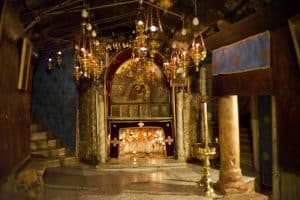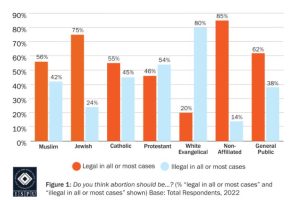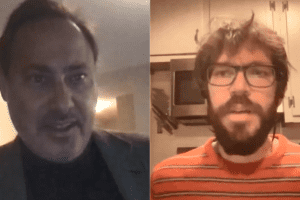By Maira Butt
Violent disorder spread across the UK in the wake of the tragic stabbings of three young girls in Southport on 29 July this year.
Within hours, misinformation that the killer was a Muslim asylum seeker flew across the internet. A vigil the night after was disrupted by far-right protesters, who gathered outside Southport Mosque in St Luke’s Road, looking for trouble.
What ensued were scenes shocking to a country that had just voted for a change in government, hopeful for new beginnings after a period of polarisation spanning Brexit, Covid and the military action in Gaza.
More than 50 police officers were injured during the first night of violence. Cars were set alight and a shop was looted. The quiet and unassuming Southport Mosque, hit with bricks, rocks, and bottles, also found itself at the centre of what would become a national crisis.
The movement spread to many other parts of the country, affecting areas including Sunderland in the northeast, Plymouth in the south of England, and Belfast in Northern Ireland.
At least one person was seriously injured as a result of the attacks, with stabbings and street beatings reported by members of the public, and mosques across the country finding themselves under siege.
Weeks after the incidents, Muslim communities are still rebuilding — both their property and their communities. Years of interfaith and community relations built up in the aftermath of the war on terror appeared to go up in smoke overnight.
The protests had a distinctly Islamophobic element, with offensive chants disparaging “Allah”. Tranquil mosques in otherwise quiet towns found themselves shaken and unprepared for what was to follow.
Southport Mosque had been sent threatening messages the day before, and Imam Ibrahim Hussein told media at the time that the violence had come as a shock to a community which had been living together in peace for 30 years.
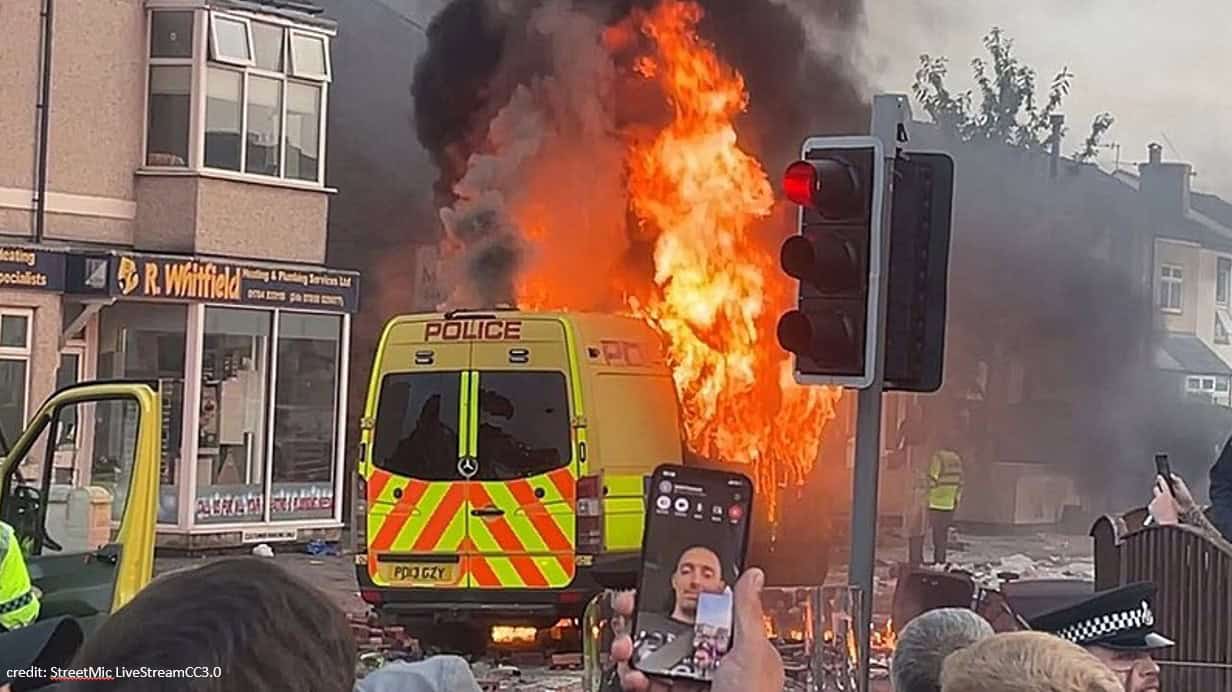
This week, Mr Hussein told the Religion Media Centre: “The riots came out of the blue. It was something we didn’t expect. We understand that some people want to protest, but this wasn’t protesting, this was a full-blown riot.” Southport Mosque had many windows smashed in, brick walls broken down by violence, and a clothes donation bin and fence set on fire. But within a week they had all been replaced, through the goodwill and donations of locals.
Mr Hussein expressed gratitude for the support from locals and to police officers who were injured in the scuffles. But the outpouring of community support had been a result of neighbourly relationships carefully cultivated by Mr Hussein and the mosque in the years preceding the attacks.
“We’re happy with our community, we’re building bridges and we’re looking for a better future: a better understanding between people and between races and between religions,” he said.
As part of their work in building relationships of understanding, Southport Mosque, which runs entirely on donations, have organised two open days for members of the public. The idea is to show people the inside of an Islamic place of worship, and to have candid conversations around the faith, including information on beliefs and prayer.
“We’re opening our doors for people to come and have a look to see what we do, what we teach and how we pray, and to just generally see what this place looks like from the inside,” he said. Mr Hussein’s was an exceptional story that we have explored in more detail here.
Meanwhile, Ibrahim Syed, a co-ordinator at the Liverpool Region Mosque Network which oversees 20 mosques in the areas most immediately affected by the breakouts of violence, said communities felt galvanised after the ordeal.
“I think in some ways, we have felt energised that it’s an opportunity to do something,” he told the Religion Media Centre. “We feel that the time is now to change the narrative and embed Islam and Muslims into the mainstream.”
Mr Syed woke up the day after the first riots first and realised the extent of the disorder after anxious Muslims sent him footage of their town centres being smashed up. “Suddenly, I started getting this footage sent to me on WhatsApp, and I’m thinking I need to check on the guys in Southport,” he said. “People were anxious.”
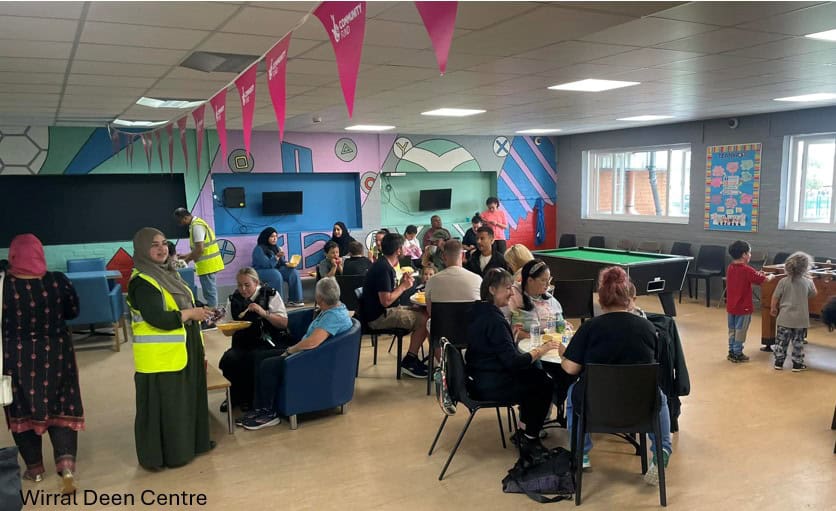
in the aftermath of the incidents, Mr Syed, who also founded the Wirral Deen Centre, attended round table discussions with prime minister Sir Keir Starmer and others.
“There needs to be some healing between the government and the Muslim community,” he had advised at the time.
More than 1,200 people have been sentenced for activity related to the riots, with a 12-year-old boy being the youngest to be convicted.
The stiffest sentence so far was nine years in jail for Thomas Birley, 27, who admitted arson with intent to endanger life, at a Holiday Inn Express in Rotherham. Judge Jeremy Richardson, sitting at Sheffield Crown Court, said Birley’s action “borders the territory, if not crosses it, to a white supremacist mindset”.
Mr Syed commended the government’s firm reaction. “After the riots, the response from the government and the support for the Muslim community has been very strong,” he said. “They’ve given money to mosques specifically for things like security. They’ve reached out to the Muslim community.
“The Crown Prosecution Service visited us. The sentences have probably been the most impactful thing. It shows the Muslim community and the far right that they [the government] means business.”
He is familiar with such violence. His local mosque had been firebombed in the aftermath of 7 July 2005, when four suicide bombers killed 52 people and injured 770 on London’s transport network.
He has since made a diligent effort to build bridges with the local non-Muslim community, offering initiatives such as soup kitchens and repair shops, and going into schools to offer support. He was able to lean on those community structures to set up a successful event the next month in the aftermath of the incidents, to bring the community together.
In the northeast, the situation had been more urgent for some. Zaf Iqbal, who co-chairs the Sunderland Interfaith Network, found himself barricaded inside Masjid E Anwaar E Madinah while 800 rioters hurled abuse at him from beyond a barrier of dozens of riot police who themselves had beer barrels thrown at them.
Rioters chanted, “Whose streets? Our streets” while Mr Iqbal and three others were trapped inside the place of worship in St Mark’s Road.
“It was traumatic because even though you’re inside a mosque and you’re at peace, you feel sad,” Mr Iqbal said.” You can hear the crowd outside. It was very traumatic.”
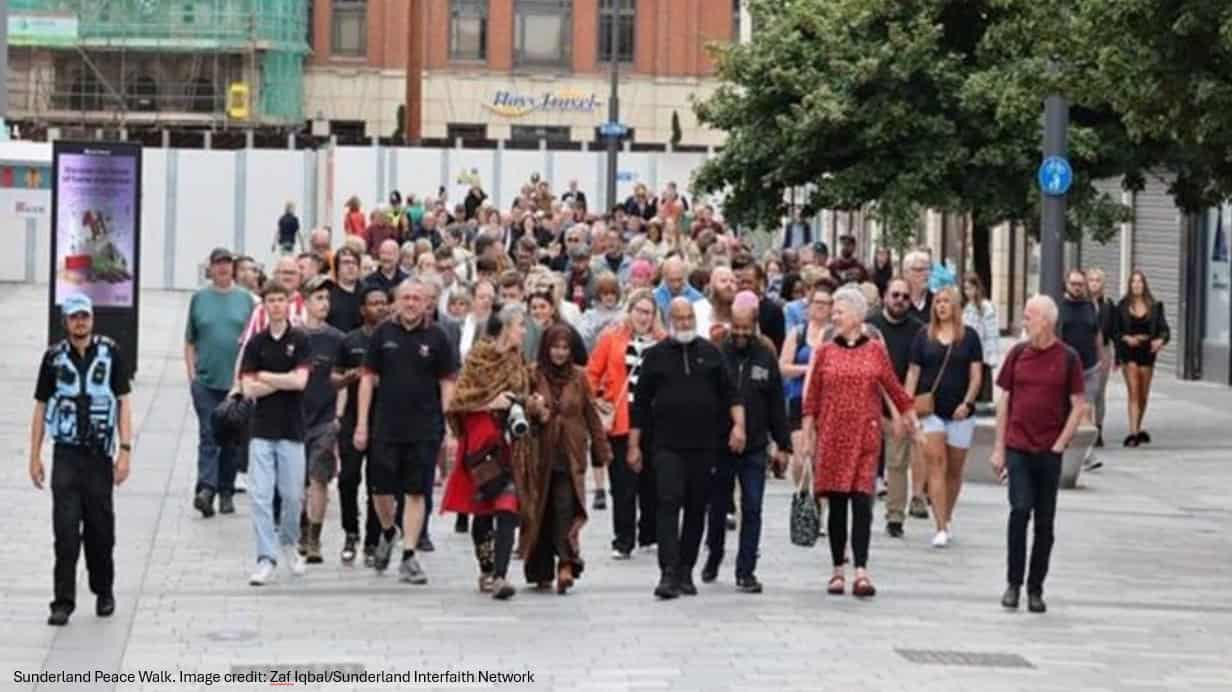
In return, Mr Iqbal and other community leaders organised a peace vigil the same weekend. “It was heartening to see the turnout,” he added. The day after the vigil, the community organised a peace walk to solidify further its show of unity in the face of the rioters.
“It showed great solidarity and support,” he said. “To see everybody coming together and showing support, it was really nice to see. We felt we were able to turn the tide on that.”
The events, he said, had brought the community closer together. “It was brilliant to see people coming together to really turn around and say, ‘These rioters do not represent us. They do not represent the people of Sunderland.’ We’re more united than ever before.”

